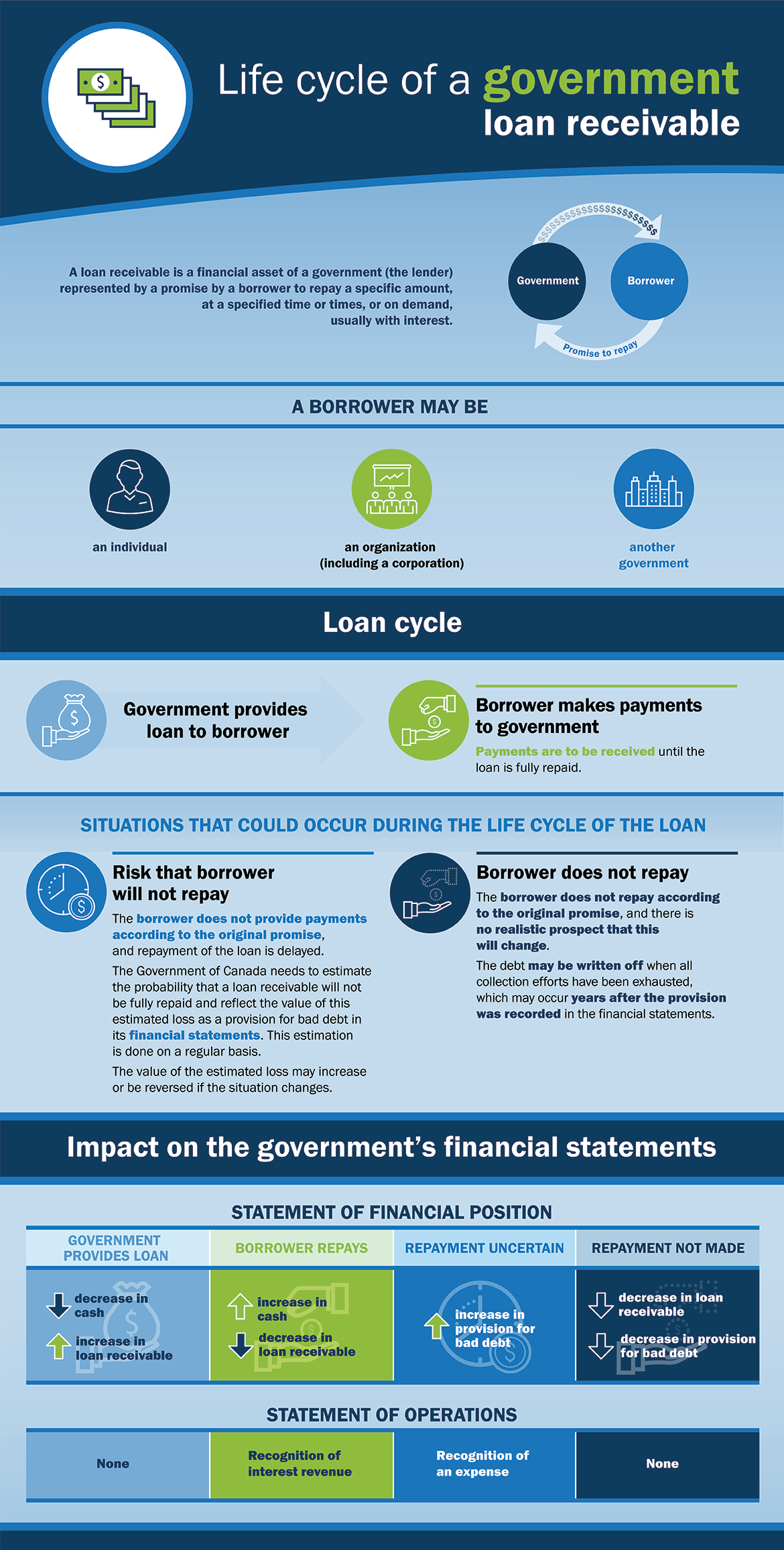Exhibit 11—How a government loan receivable affects the government’s financial statements
Exhibit 11—How a government loan receivable affects the government’s financial statements

Exhibit 11—text version
The graphic shows an overview of the life cycle of a loan receivable, including the impact of the provision for bad debt and the write-off of a loan receivable on the financial statements of a government.
A loan receivable is a financial asset of a government (the lender) represented by a promise by a borrower to repay a specific amount, at a specified time or times, or on demand, usually with interest. A borrower may be an individual, an organization (including a corporation), or another government.
A loan cycle includes a government providing a loan to a borrower, and the borrower making payments to the government. The payments are to be received until the loan is fully repaid.
During the life cycle of the loan, two situations may occur: the risk that the borrower will not repay, or the borrower does not repay.
- With the risk that the borrower will not repay, the borrower does not provide payments according to the original promise, and the repayment of the loan is delayed. The Government of Canada needs to estimate the probability that a loan receivable will not be fully repaid and reflect the value of this estimated loss as a provision for bad debt in its financial statements. This estimation is done on a regular basis. The value of the estimated loss may increase or be reversed if the situation changes.
- In the other situation, the borrower does not repay according to the original promise, and there is no realistic prospect that this will change. The debt may be written off when all collection efforts have been exhausted, which may occur years after the provision was recorded in the financial statements.
The impact on the government’s financial statements of a loan cycle is the following.
When the government provides a loan, the statement of financial position shows a decrease in cash and an increase in the loan receivable. There is no impact on the statement of operations.
When the borrower repays, the statement of financial position shows an increase in cash and a decrease in loan receivable. The statement of operations recognizes interest revenue.
When repayment is uncertain, the statement of financial position shows an increase in the provision for bad debt, and the statement of operations recognizes an expense.
When repayment is not made, the statement of financial position shows a decrease in the loan receivable and a decrease in the provision for bad debt. There is no impact on the statement of operations.